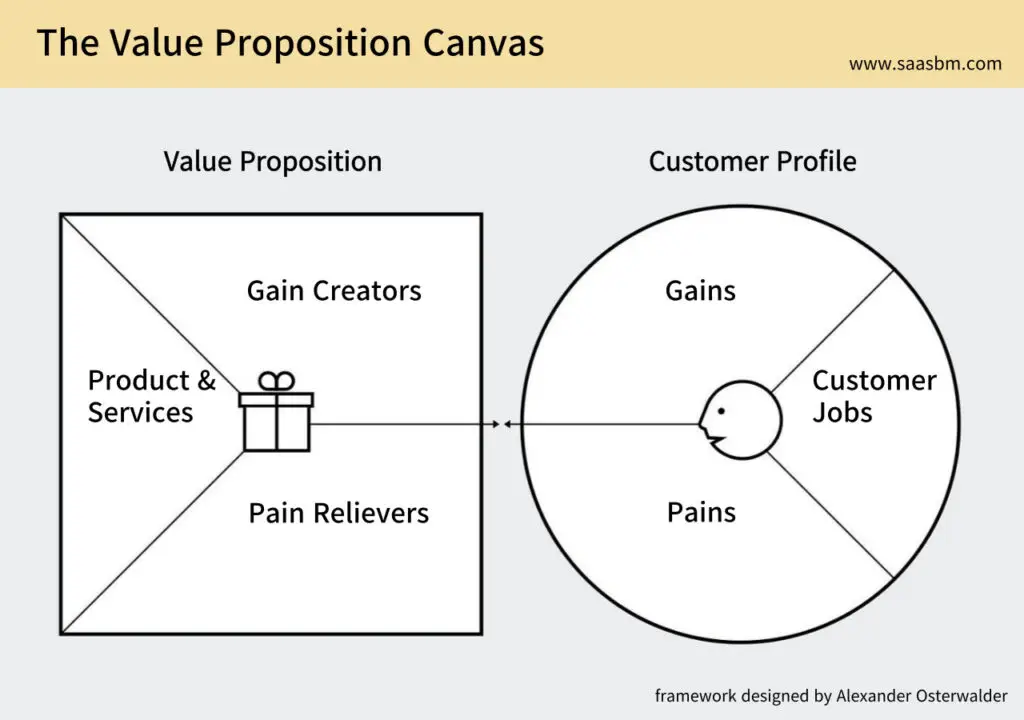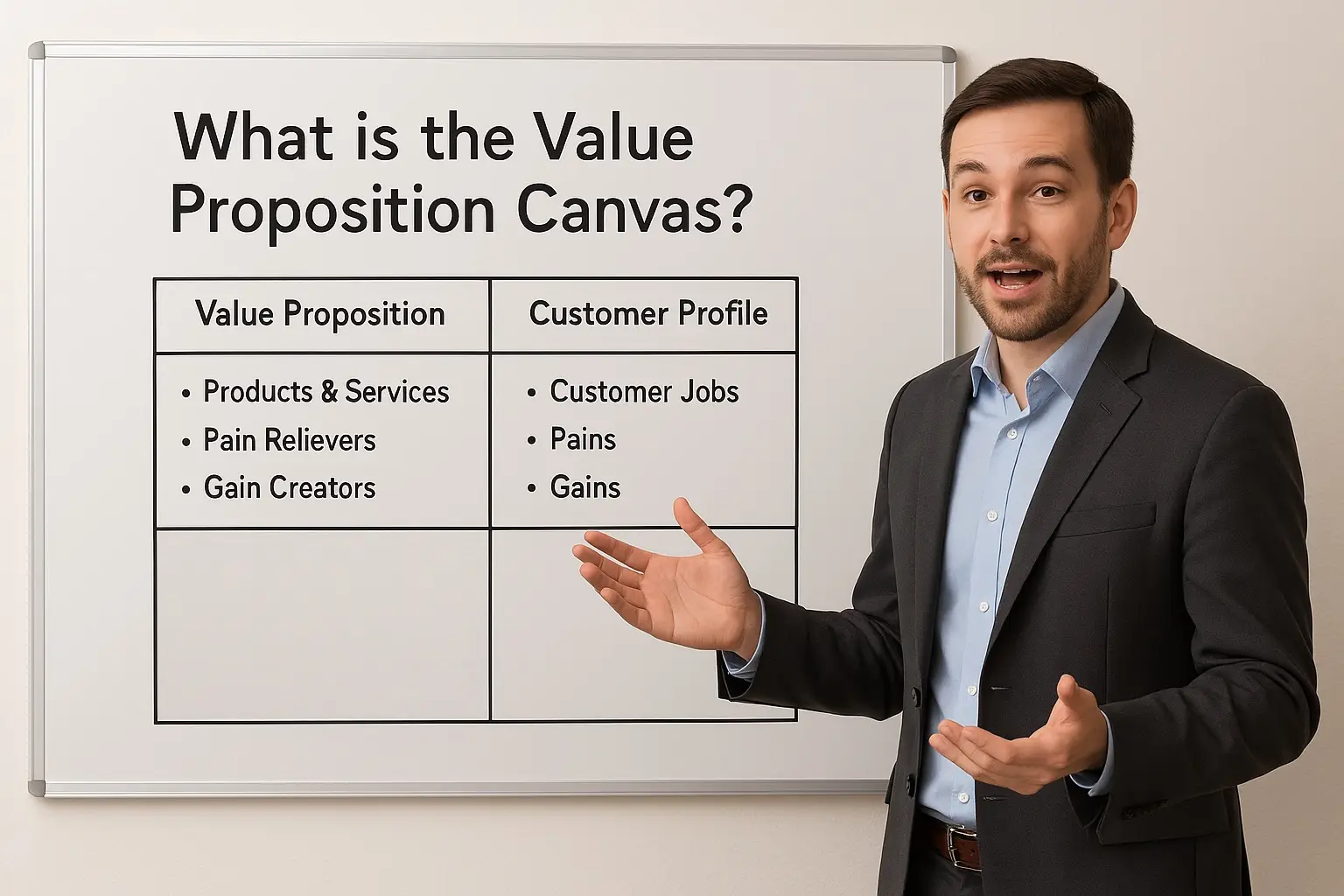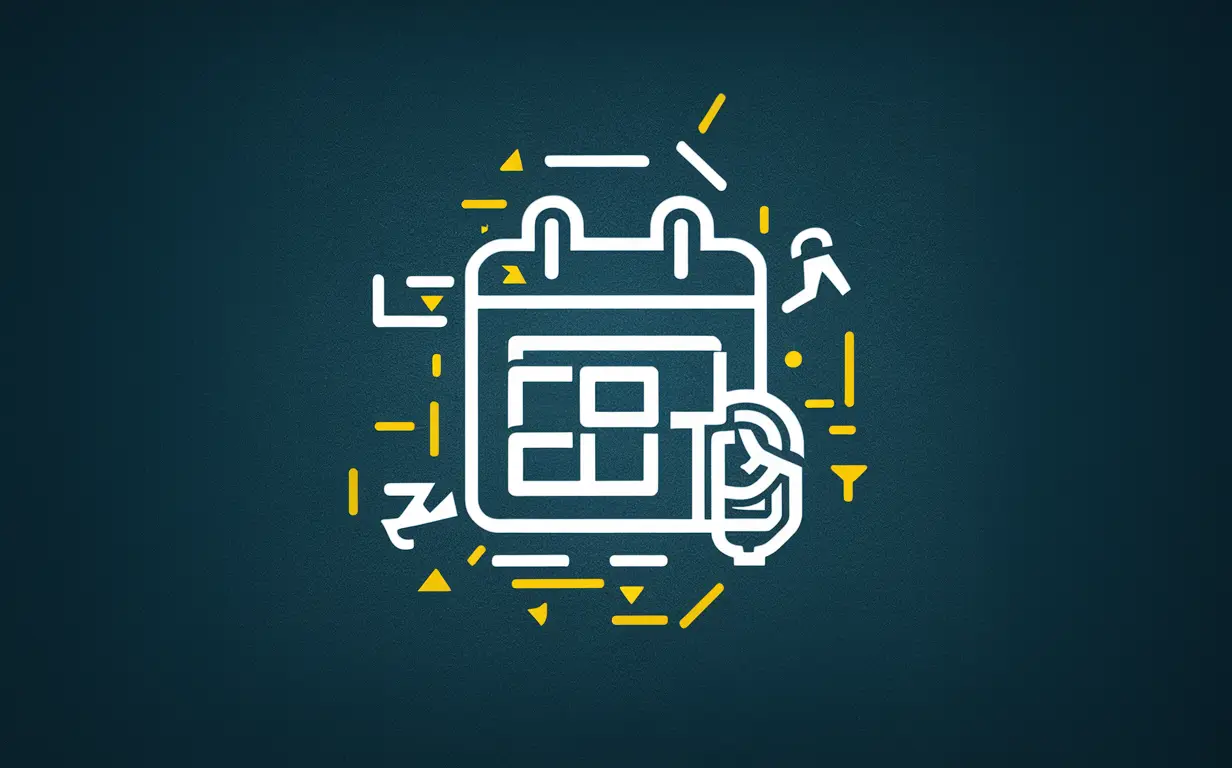Discover how predictive analytics can transform website maintenance from reactive to proactive, preventing downtime before it happens and optimizing digital performance.
Continue readingHyperping – Comprehensive Website Uptime Monitoring and Reliability Platform
Hyperping provides comprehensive website monitoring tools that alert users to downtime instantly, helping businesses maintain maximum uptime and improve customer experience.
Continue readingDiscover Two Game-Changing Music Tech Startup Ideas That Transform Artist Experiences
Explore two innovative music tech business ideas that build upon Muzeek’s platform: CrowdSync for fan-powered tour planning and VenueMatch for optimizing venue selection and booking.
Continue readingMuzeek – Tour Management Platform for Music Artists
Muzeek provides a comprehensive platform for music artists and their teams to streamline tour management, enhance collaboration, and optimize financial performance through data-driven insights.
Continue readingTransform Website Experiences: How AI-Powered Customization Creates Hyper-Personalized Digital Journeys
Discover innovative business models that leverage Duda’s website builder technology to create AI-driven personalization platforms and specialized industry website marketplaces.
Continue readingHow to Use the Value Proposition Canvas for Your SaaS Startup (With Example)
Introduction
If you’re building a SaaS startup, you’ve probably asked yourself:
“How can I make sure my product is something customers actually want?”
The answer lies in a simple yet powerful tool — the Value Proposition Canvas (VPC).
In this guide, you’ll learn:
- What the Value Proposition Canvas is
- Why it’s essential for SaaS founders
- How to use it step by step
- A real-world SaaS example
- Practical tips to apply it to your own business
Let’s dive in.
What is the Value Proposition Canvas?
The Value Proposition Canvas is a business framework designed by Alexander Osterwalder.
It helps you map out how your product or service creates value for your target customers.
The goal is simple: 👉 Make sure your product fits your customers’ needs.
The canvas is divided into two parts:
1. Customer Profile
This section helps you understand your customers’ world.
It includes:
- Customer Jobs: What your customers want to accomplish
- Pains: The obstacles and frustrations they face
- Gains: The positive outcomes they desire

2. Value Proposition
This section describes how your product helps your customers.
It includes:
- Products & Services: What you offer
- Pain Relievers: How you remove customer pains
- Gain Creators: How you deliver benefits to customers
Why Is It Important for SaaS Startups?
Many SaaS startups fail because they build products based on assumptions — not real customer needs.
They focus too much on features and forget to ask:
“Does this solve a real problem?”
The Value Proposition Canvas forces you to think like your customer.
It helps you avoid wasting time, money, and energy on products no one will use.
For SaaS founders, this tool is essential because:
- It clarifies your product-market fit
- It guides your MVP (Minimum Viable Product) development
- It helps you communicate your value clearly to investors and customers
Value Proposition Canvas Example: SaaS Collaboration Tool
Let’s apply the Value Proposition Canvas to a SaaS business example.
Imagine you’re building a new Team Collaboration Platform called TeamFlow for small businesses.
✅ Customer Profile
Customer Jobs
- Share work tasks and documents with team members
- Track project progress easily
- Improve team communication
Pains
- Communication is scattered across emails, chats, and cloud drives
- Task progress is unclear
- Too many unnecessary meetings
Gains
- A simple platform to manage tasks and communication in one place
- Real-time visibility of team progress
- Better productivity and fewer meetings
✅ Value Proposition
Products & Services
- All-in-one SaaS collaboration tool with task boards, file sharing, and team chat
Pain Relievers
- No need to use multiple tools
- Clear task assignments and communication history
- Real-time notifications to prevent miscommunication
Gain Creators
- Dashboard showing team progress at a glance
- Automation of repetitive tasks
- Increased team productivity
How to Use the Value Proposition Canvas Effectively
Here’s a step-by-step process to make the most of the VPC:
1) Start with your customer
Fill in the Customer Profile first.
Identify who your customers are, what they want to achieve, and what frustrates them.
2) Define your value
Next, connect your product’s features to the customers’ needs.
Describe how your SaaS solution will relieve their pains and create gains.
3) Find the fit
Compare both sides of the canvas.
Your goal is to make sure that your product’s Pain Relievers and Gain Creators directly match your customer’s Pains and Gains.
4) Keep improving
A Value Proposition Canvas is not a one-time task.
Keep revisiting and updating it as you learn more about your customers and your market.
Summary
| Value Proposition | Customer Profile |
|---|---|
| Products & Services | Customer Jobs |
| Pain Relievers | Pains |
| Gains Creators | Gain |
The Value Proposition Canvas helps you align your product with your customers’ real needs.
For SaaS startups, it’s the fastest way to validate your idea and build a product that actually sells.
Final Thoughts
Building a SaaS product without understanding your customers is like sailing without a map.
The Value Proposition Canvas is your strategic compass.
It helps you move beyond assumptions and build a product that solves real problems.
Before writing a single line of code, fill out your Value Proposition Canvas.
It will save you time, money, and frustration — and bring you closer to product-market fit.
Duda – Professional Website Builder Platform for Web Designers
Duda offers a powerful website builder platform for agencies and businesses to create stunning, responsive websites with advanced customization, white-labeling options, and team collaboration features.
Continue readingTransform Business Efficiency with Smart Calendar Workflow Automation Tools
Discover innovative business opportunities leveraging calendar API technology for workflow automation and personalized scheduling experiences that drive efficiency and revenue growth.
Continue readingCronofy – Calendar Synchronization and Scheduling API Integration Platform
Cronofy offers a robust Calendar API Integration platform that streamlines scheduling and synchronization across applications, helping businesses enhance efficiency and deliver superior customer experiences.
Continue readingTransform Corporate Training: How Micro Learning Automation Platforms Maximize Knowledge Retention
Discover how micro learning automation platforms are revolutionizing corporate training by delivering bite-sized, personalized learning experiences that boost knowledge retention and productivity.
Continue reading









